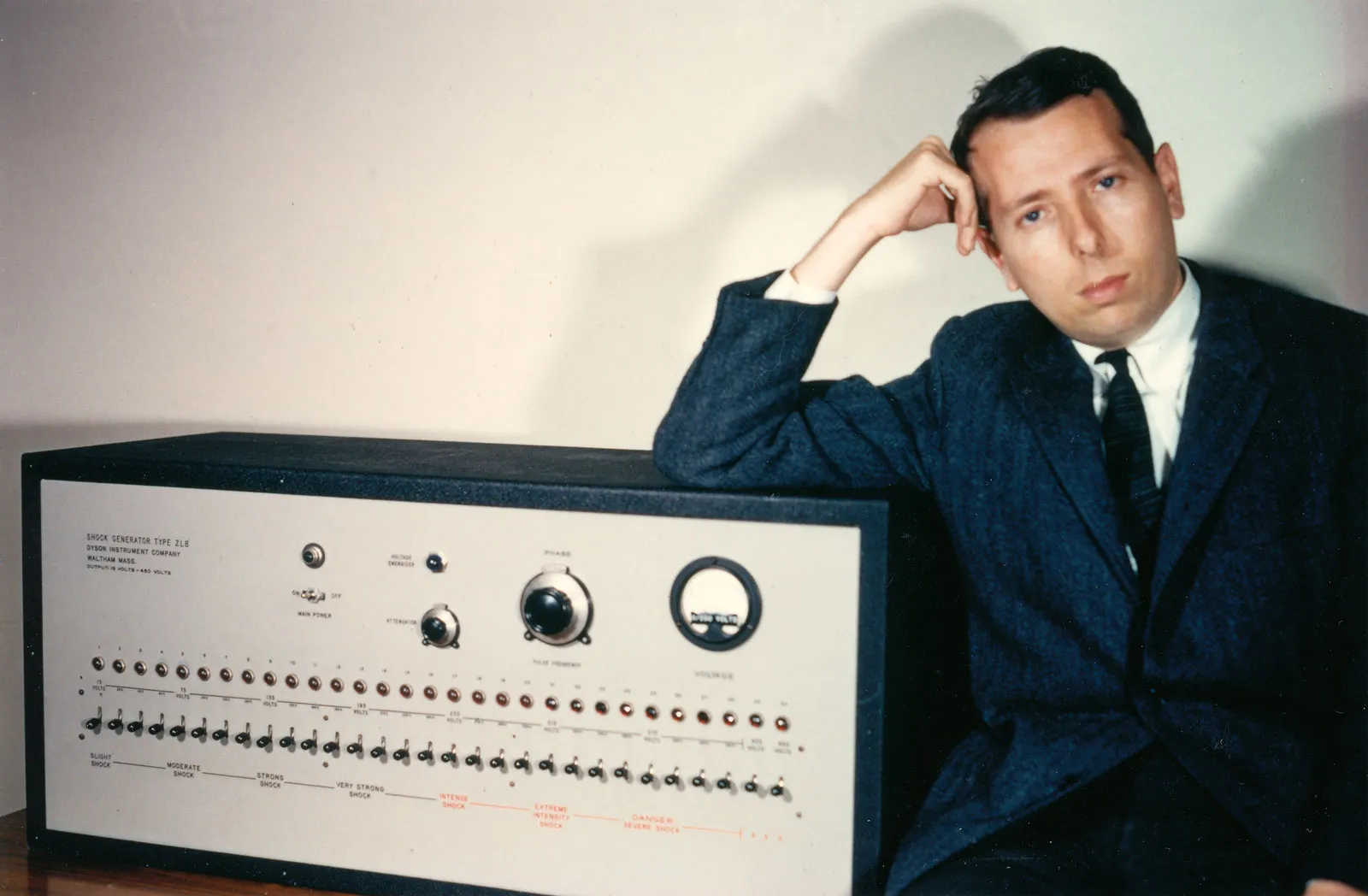Who was Stanley Milgram?

Stanley Milgram stands as one of the most influential and controversial figures in the history of social psychology. His groundbreaking research on obedience to authority not only revolutionized our understanding of human behavior but also raised profound ethical questions about the nature of scientific inquiry. Despite a career cut short by his untimely death, Milgram’s work continues to shape discussions in psychology, ethics, and social science research methodology.
Milgram’s obedience experiments, conducted in the early 1960s, challenged prevailing notions about human nature and the power of situational forces. By demonstrating the extent to which ordinary individuals could be led to inflict apparent harm on others under the guise of scientific authority, Milgram forced a reevaluation of personal responsibility and the potential for evil in everyday life. His research opened up new avenues for exploring the dynamics of authority, conformity, and moral decision-making.
Early Life and Influences
Stanley Milgram was born on August 15, 1933, in the Bronx, New York City, to Eastern European Jewish immigrant parents. Growing up in a working-class neighborhood during the Great Depression and World War II, Milgram was exposed early to the realities of social upheaval and the consequences of authoritarianism.
Milgram’s parents, Samuel and Adele, emphasized the importance of education. His father worked as a baker and his mother as a homemaker. The family’s experiences as Jews in New York during a time of widespread antisemitism likely influenced Milgram’s later interest in issues of conformity and obedience.
As a student at James Monroe High School, Milgram showed an early aptitude for science and a keen interest in human behavior. He was particularly drawn to theater and performed in school plays, an experience that may have informed his later experimental designs, which often involved elaborate staging and role-playing.
Education and Early Career
Milgram entered Queens College in 1950, where he majored in political science. During his undergraduate years, he became increasingly interested in psychology, particularly in understanding the social forces that shape human behavior. After graduating in 1954, Milgram briefly worked as an interviewer at the National Opinion Research Center in Chicago.
In 1954, Milgram began his graduate studies in social psychology at Harvard University. There, he came under the influence of several prominent psychologists, including Gordon Allport and Solomon Asch. Asch’s conformity experiments, which demonstrated how individuals could be swayed to make obviously incorrect judgments under group pressure, had a particularly strong impact on Milgram’s thinking.
Milgram completed his Ph.D. in 1960 with a dissertation on cross-cultural differences in conformity, conducted in Norway and France. This work already hinted at his interest in how social and cultural contexts influence individual behavior, a theme that would become central to his later research.
The Obedience Experiments
Milgram’s most famous and controversial work began shortly after he joined the faculty at Yale University in 1960. Inspired in part by the trial of Nazi war criminal Adolf Eichmann, Milgram set out to investigate the extent to which ordinary individuals would obey orders that conflicted with their personal conscience.
The basic setup of the obedience experiments was deceptively simple:
- Participants were told they were taking part in a study on learning and memory.
- They were assigned the role of “teacher” and instructed to administer electric shocks to a “learner” (actually a confederate of the experimenter) for incorrect answers.
- As the experiment progressed, the intensity of the shocks supposedly increased, with the learner expressing increasing distress.
- The experimenter, wearing a lab coat to symbolize scientific authority, urged the participant to continue despite the learner’s protests.
The results were shocking in more ways than one. Contrary to predictions by psychiatrists and laypeople alike, a high proportion of participants (65% in the original study) continued to obey the experimenter’s instructions to the maximum level of 450 volts, despite believing they were causing severe pain to another person.
Milgram’s findings challenged prevailing notions about human nature and the origins of evil. They suggested that ordinary individuals, under certain circumstances, could engage in acts of cruelty not because of any inherent sadism, but due to a profound tendency to obey perceived legitimate authority.
Key Concepts and Findings
Milgram’s obedience studies yielded several important insights:
- The power of situation: The experiments demonstrated how situational forces could override individual moral convictions.
- Gradual commitment: Participants were more likely to continue obeying as they had already committed to the experiment’s earlier, less severe stages.
- Buffers to inhumane behavior: Physical distance from the victim and the presence of institutional authority significantly increased obedience rates.
- Peer influence: When participants observed others refusing to obey, their own rates of disobedience increased dramatically.
- Strain and conflict: Participants often showed signs of extreme stress, suggesting a conflict between the desire to obey and the urge to stop inflicting apparent harm.
Controversies and Criticisms
Milgram’s work, while groundbreaking, was not without controversy:
- Ethical concerns: The experiments raised serious ethical questions about the treatment of human subjects, particularly regarding deception and potential psychological harm.
- Ecological validity: Critics questioned whether the artificial laboratory setting could genuinely replicate real-world situations involving obedience to authority.
- Demand characteristics: Some argued that participants might have been responding to subtle cues about the experiment’s true purpose rather than genuinely obeying authority.
- Generalizability: The initial studies primarily involved male participants from the New Haven area, leading to questions about the universality of the findings.
Other Research and Contributions
While the obedience studies overshadowed much of his other work, Milgram made significant contributions to other areas of social psychology:
- Small World Phenomenon: Milgram’s “six degrees of separation” experiments explored the interconnectedness of social networks.
- Mental Maps: He studied how people mentally represent their urban environments, contributing to the field of environmental psychology.
- The Familiar Stranger: Milgram investigated the phenomenon of people who regularly observe each other but do not interact, such as fellow commuters.
- Cyranoids: In his later work, Milgram explored the effects of having people communicate through human “surrogates,” anticipating issues related to online identity and communication.
Legacy and Continuing Influence
Milgram’s work has had a lasting impact on psychology and beyond:
- Research Ethics: The controversies surrounding the obedience experiments contributed to the development of more stringent ethical guidelines for human subjects research.
- Understanding Evil: Milgram’s findings continue to inform discussions about the origins of genocide, war crimes, and other forms of systemic violence.
- Popular Culture: The obedience experiments have been referenced in numerous films, books, and TV shows, entering the popular imagination.
- Organizational Psychology: Milgram’s work has implications for understanding and preventing unethical behavior in corporate and institutional settings.
- Social Influence: His research laid the groundwork for further studies on conformity, compliance, and social influence.
Influential Psychologists


























0 Comments